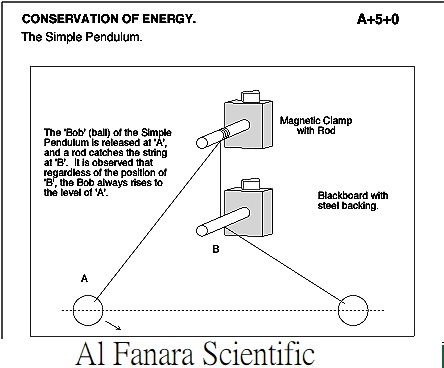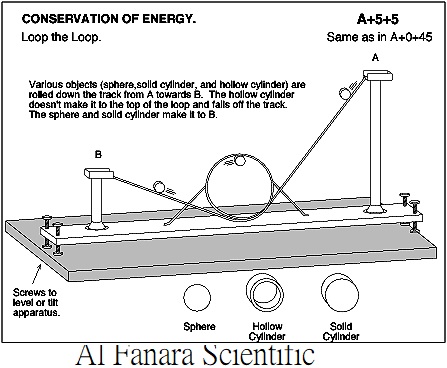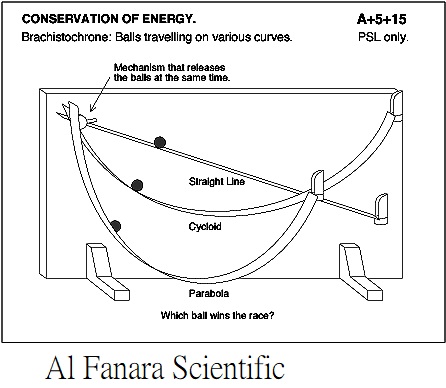Let’s now discuss some important terms related to a Simple Harmonic Motion of a particle as
- Displacement (x): Displacement at any instant of time is defined as the net distance travelled by the body executing SHM from its mean or equilibrium position.
- Amplitude (A): The amplitude of oscillation is defined as the maximum displacement of the body executing SHM on either side of the mean position.
- Velocity (v): Velocity at any instant is defined as the rate of change of displacement with time. For a body executing SHM, its velocity is maximum at the mean position and minimum (zero) at the extremes. The Velocity of the body is inversely proportional to the displacement from the mean position.
- Acceleration (a): Acceleration is defined as the rate of change of velocity with time. Unlike velocity, acceleration is directly proportional to displacement. It is maximum at the extreme positions where the displacement is maximum and minimum at the mean position (displacement = 0).
- Restoring Force (FR): Restoring Force is the force that always acts in a direction opposite to that of displacement but is directly proportional to it. Restoring Force is maximum at the extreme positions and minimum at the mean position.
- Spring Constant (k): Spring Constant is a constant value for a particular spring that determines the amount of force required to compress or stretch the spring by 1 unit.
- Energy (E): The total energy of the body under SHM is called mechanical energy, mechanical energy of the body remains constant throughout the motion if the medium is frictionless. The Mechanical Energy of a body at any instant is the sum total of its kinetic and potential energy.
- Time Period (T): The Time Period of oscillation is defined as the time taken by the body to complete one oscillation. In other words, it is the time taken to cover 4 times the amplitude.
- Frequency (f): Frequency is defined as the number of oscillations made by the body in one second. It is reciprocal of the time period. f = (1/T)




A+5+25
CONSERVATION OF ENERGY
Film Loop: Conservation of Energy: The Pole Vault
Length: 3:55 min., Black and White, No sound
This quantitative film was designed for students to study conservation of energy. A pole vaulter (mass 68 kg., height 6 ft.) is shown first at normal speed and then in slow-motion as he clears a bar at 11.5 feet. Measure the total energy of the system at two times just before the jumper starts to rise, and part way up when the pole has a distorted shape. The total energy of the system is constant, although it is divided up differently at different times. Since it takes work to bend the pole, the pole has elastic potential energy when bent. This plastic energy comes from some of the kinetic energy the vaulter has as he runs horizontally before inserting the pole into the socket. Later, the elastic potential energy of the bent pole is transformed into some of the jumper’s gravitational potential energy when he is at the top of the jump.
POSITION 1:The energy is entirely kinetic energy, 1/2 mvsquared. To aid in measuring the runner’s speed, successive frames are held as the runner moves past two markers 1 meter apart. Each “freeze frame” represents a time interval of 1/250 secsince the film runs through at this number of frames per second. Find the runner’s average speed over this meter, and then find the kinetic energy. If m is in kgand vis in m/sec, Ewill be in joules.
POSITION 2: The jumper’s center of gravity is about 1.02 meters above the soles of his feet. Three types of energy are involved at the intermediate position. Use the stop-frame sequence to obtain the speed of the jumper. (The seat of his pants can be used as a reference. ) Calculate the kinetic energy and gravitational potential energy as already described.
The work done in deforming the pole is stored as elastic potential energy. In the final scene, a chain windlass bends the pole to a shape similar to that which it assumes during the jump in position 2. When the chain is shortened, work is done on the pole: work = (average force ) X (displacement) . During the cranking sequence the force varied. The average force can be approximated by adding the initial and final values, found from the scale, and then dividing by two. Convert this force to newtons. The displacement can be estimated from the number of times the crank handle is pulled. A close-up shows how far the chain moves during a single stroke. Calculate the work done to crank the pole into its distorted shape.
You can now add and find the total energy. How does this compare with the original kinetic energy?